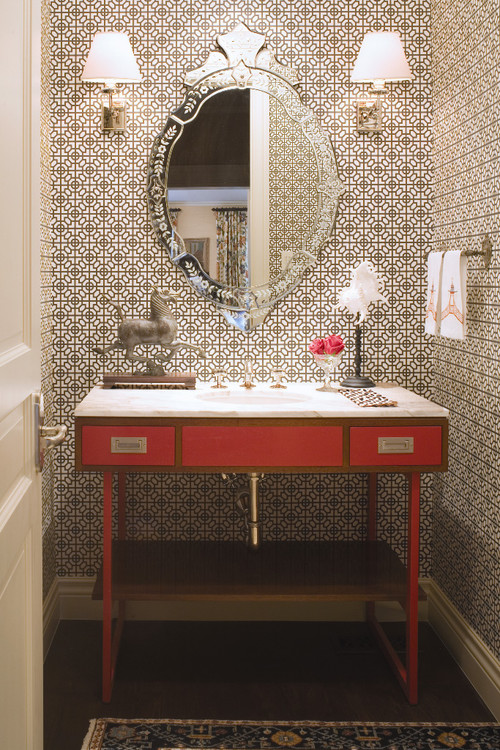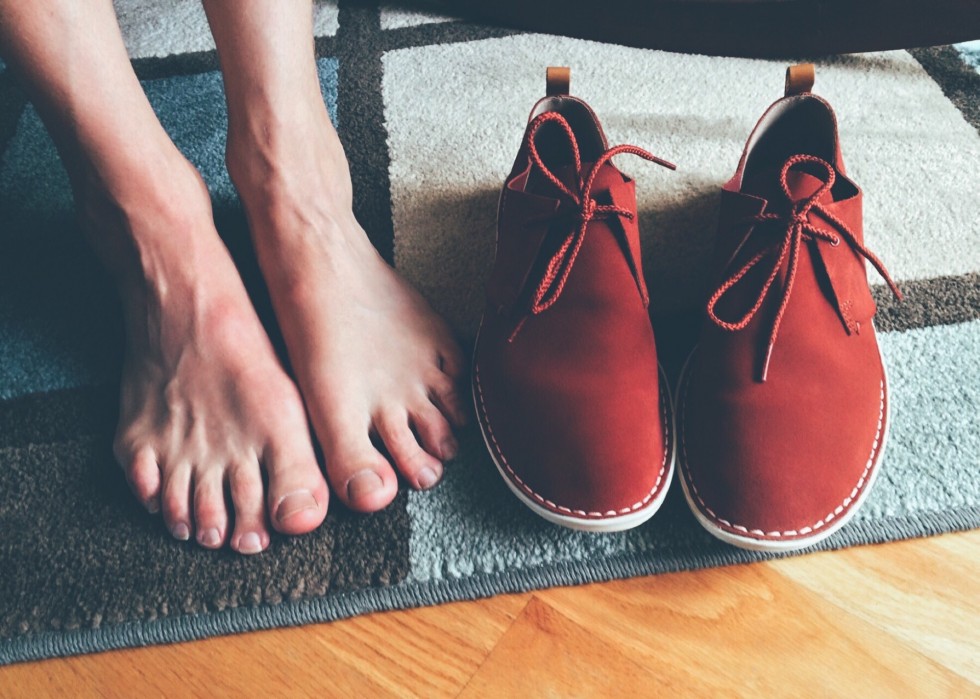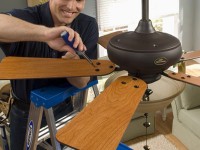If you’re considering home remodeling project, then installing radiant floor heating is one of the greatest ideas that may come to your mind. This simple and very inexpensive addition to your home will add the luxurious feeling of comfort to any room in your home regardless of the outside temperature. Most homeowners today consider radiant floor heating as an addition to their home renovation project for several reasons. Below you can find answers to five most common questions related to installing radiant floor heating.
Why installing radiant floor heating?
Heated floors are one of those smart ways to stay comfortable this winter. Heat produced by the flooring slowly goes up through the room air and consequently keeps not only your feet but the whole body warm. This provides significantly improved heat distribution in the house and as a result can lead to the reduction of your energy bills for general home heating.
Professional home contractors point out that installing radiant floor heating is especially important for tall and big rooms that have a large amount of open airspace overhead. While high ceiling always look amazing, it frequently adds up to the heating bills. With the heated flooring you automatically heat the lower half of the room more. By the laws of physics this hot air gets higher and remains in the middle of the room – just where you need it to stay.
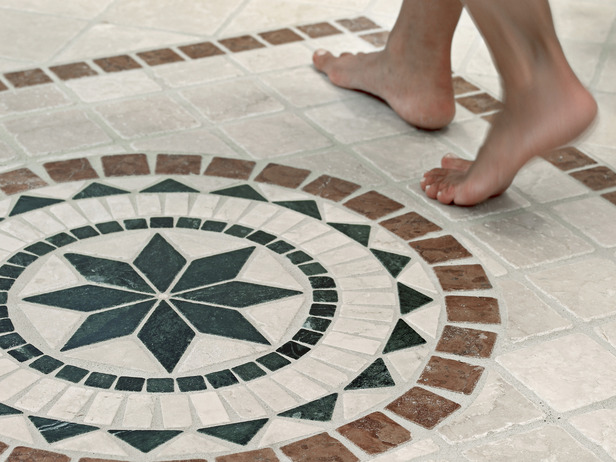
When installing radiant floor heating?
Be ready that installing radiant floor heating is not free at all. Furthermore, it is less effective under such material as carpet. Professional tile and ceramic floor contractors explain that hardwood, ceramic, and tile floors are the best materials for heated floors. For such projects on average you will pay between $4 and $6 and can expect the best efficiency.
For this reason most often homeowners consider installing radiant floor heating in bathrooms and kitchens where such pleasant addition can make the world of good. Without heated floors these rooms tend to have chilly floors due to the tiles or stones used for decorative considerations. On the other hand, heated flooring is a great option to add comfort and functionality to these so frequently used rooms.
Floor contractors also advise installing radiant floor heating for entries, such as mudrooms or foyers which are also often decorated with naturally conductive tile. Heated floors can make home-coming a much more expected moment of the day! Hardwood is also a great material for heated flooring project, while areas with combined carpets or rugs and heated floors would only be a waste of money.
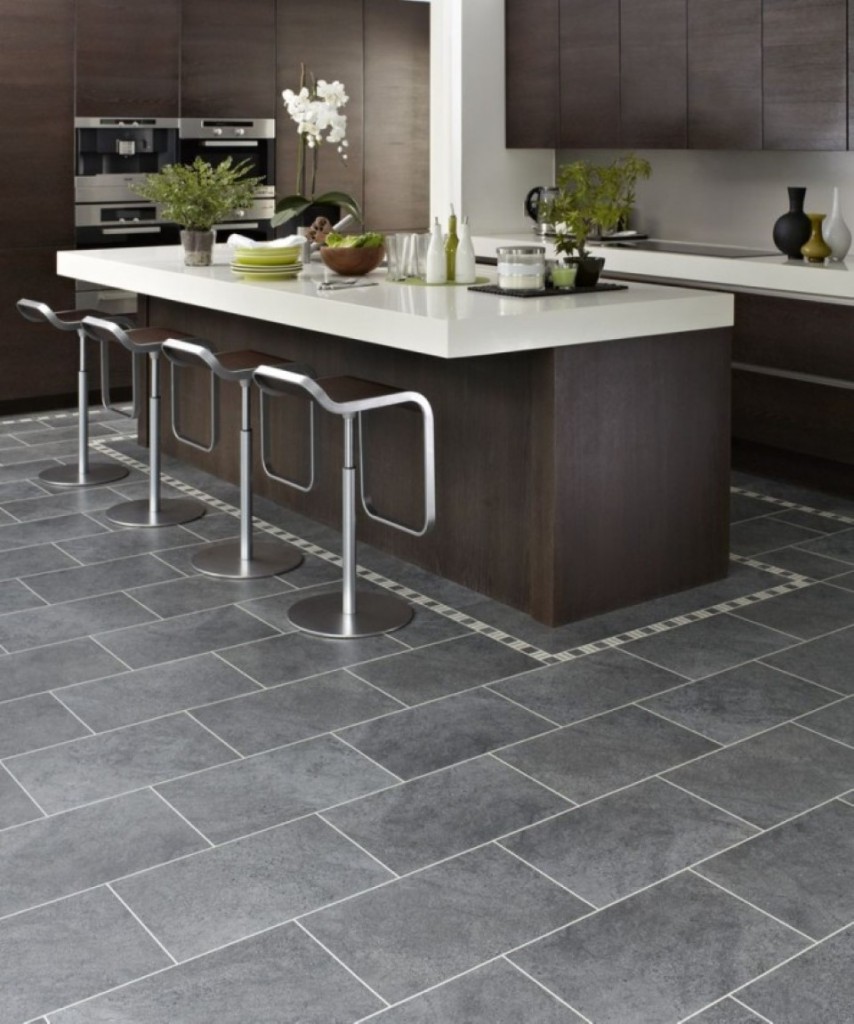
What system to install?
There are three types of radiant floor heating systems.
- Forced-air based. In these systems hot air is carried through channels in the floor. They are very rarely used in residential homes.
- Hydronic based. This is considered to be the most efficient system. It uses hot water to carry heat through a network of tubes.
- Electrical radiant heating. This type of radiant floor heating is generally less efficient than hydronic one except for one major exception. Homeowners whose electricity is priced lower during off-peak hours can save significant amounts of money by installing radiant floor heating and using it during overnight time. During the night the warmth is accumulated and then is radiated slowly throughout the day.
How radiant floor heating is installed?
When you consider installing radiant floor heating, you need to rely in everything on the manual and recommendations of the floors manufacturer. All manufacturers have their subtle differences in terms of installation, yet there are wet and dry types of installation in general. Wet installation is embedded into concrete, right in the process of the initial home build or in an additional layer of concrete for this purpose. Dry installation is layered above or below the subfloor and below the finished flooring.
Installing radiant floor heating for the whole room or partially?
Very often due to the cost considerations, homeowners think about installing radiant floor heating only partially rather than an all-over installation. For instance, you can heat the area around the toilet or under the table in the kitchen. In this case you can limit your floor heating with only one pre-sized heating mat instead of the whole coverage project. Should you be a skilled DIYer, you can easily install such a mat yourself without using additional assistance. For larger projects or unknown size of the covered area, it is highly advised to use professional help of a flooring contractor.
